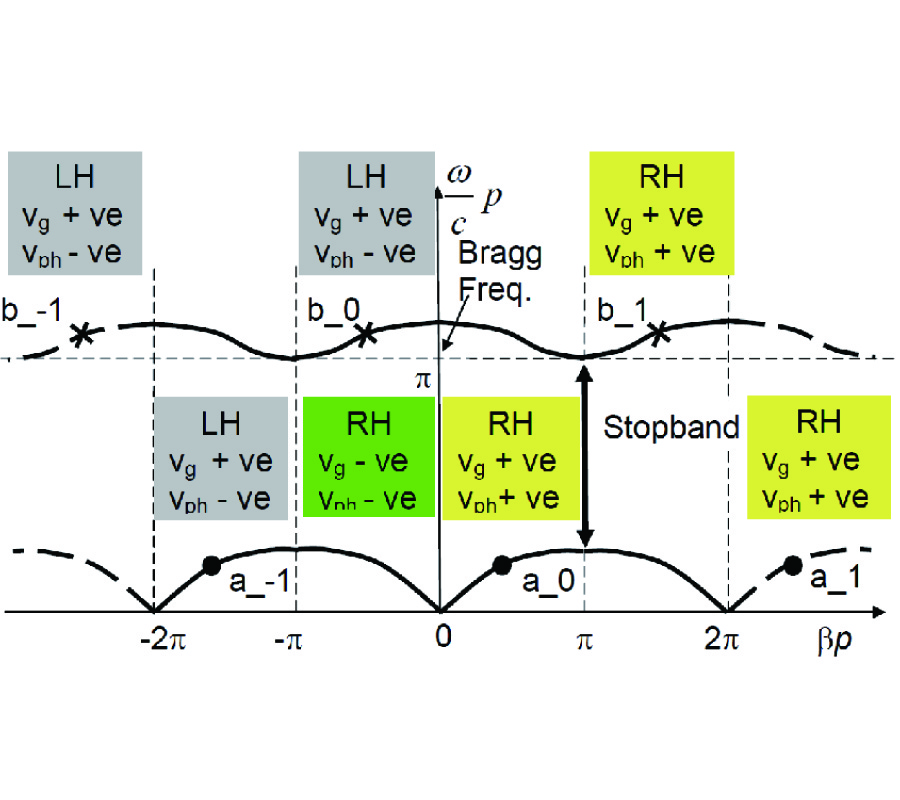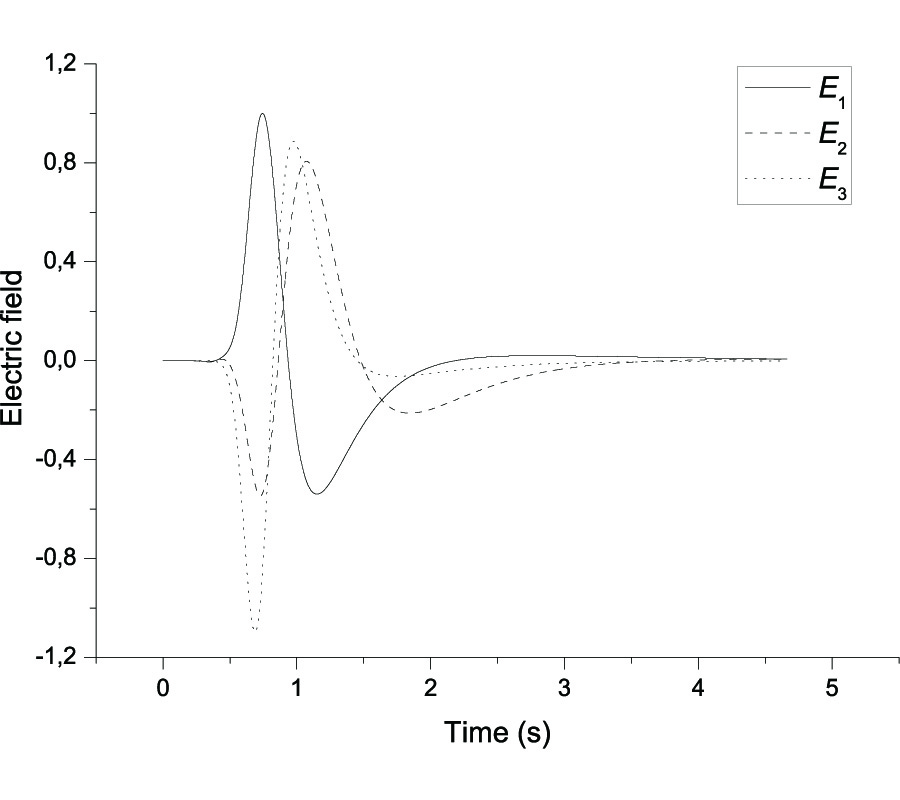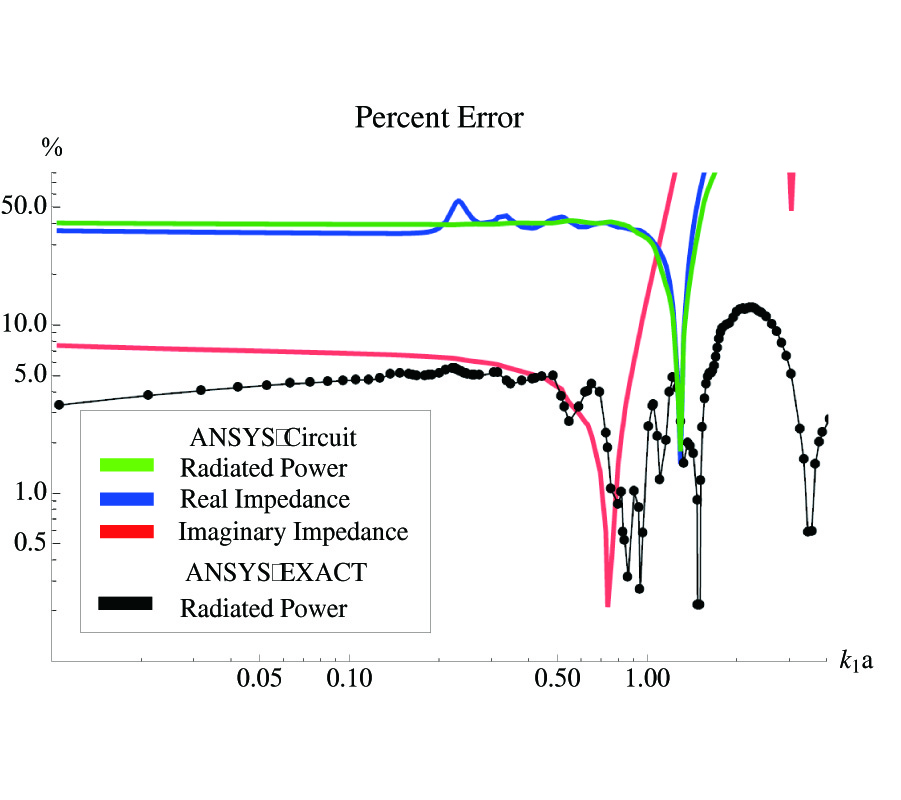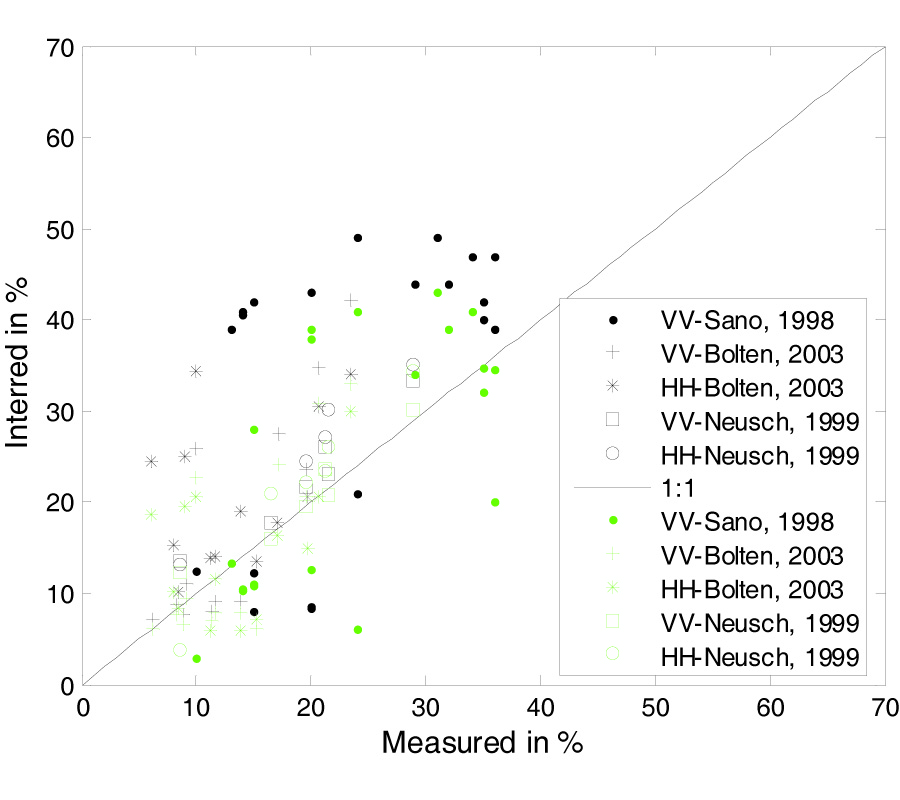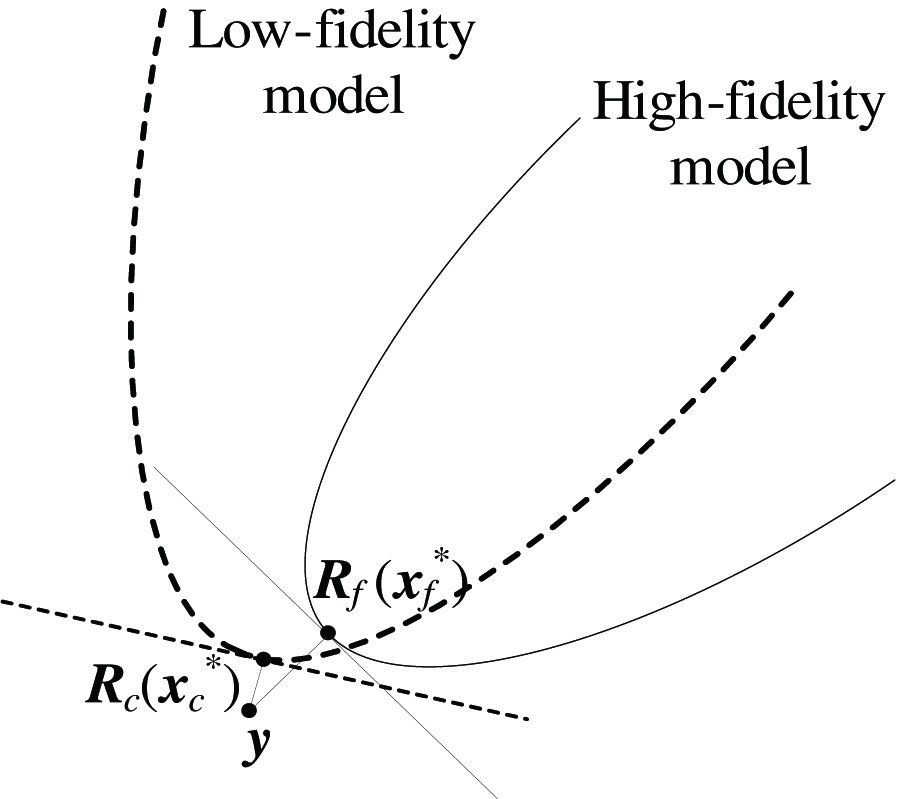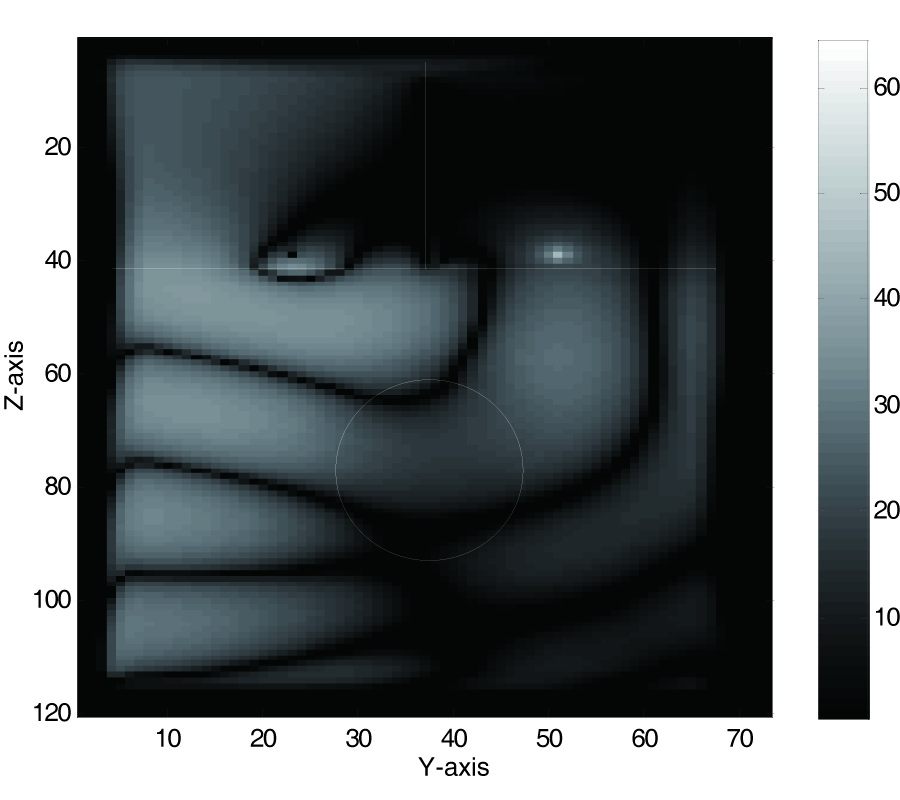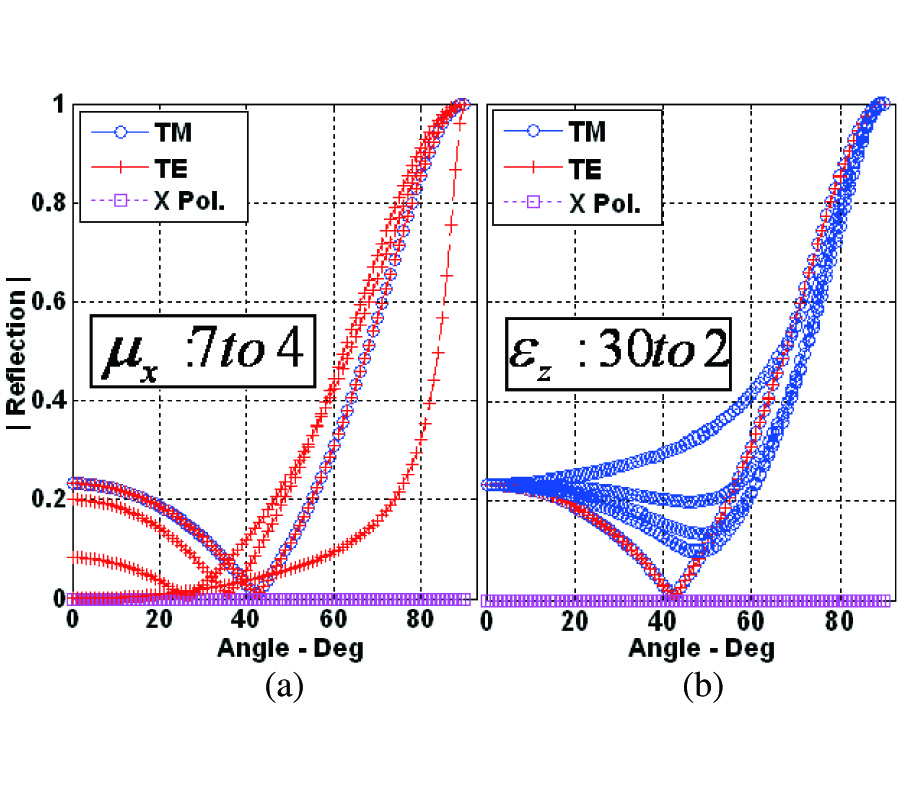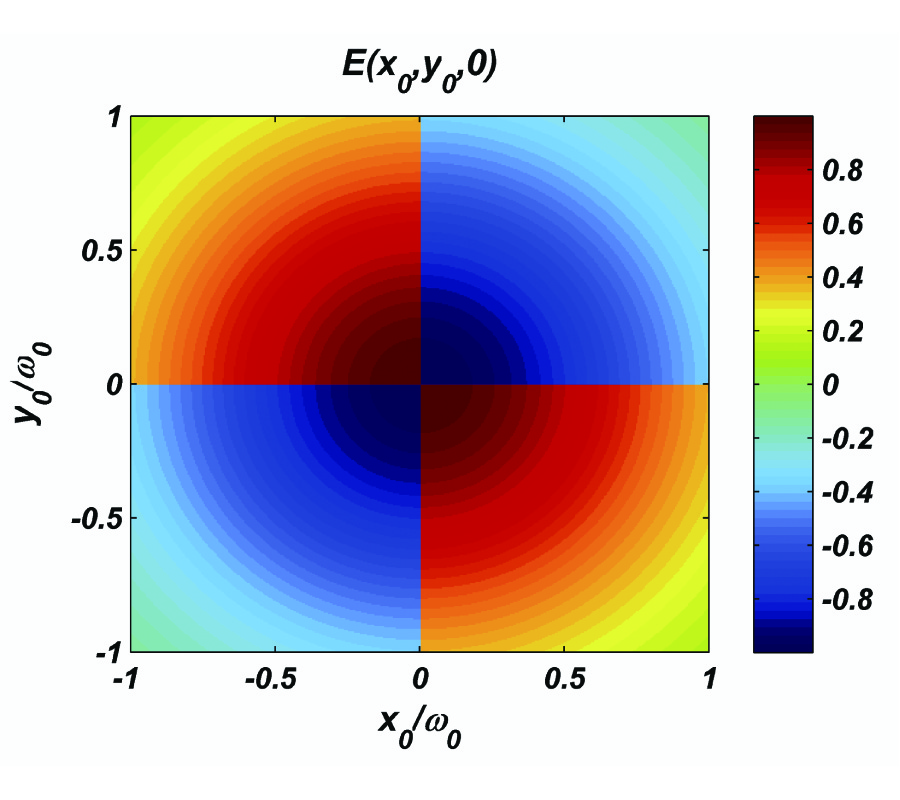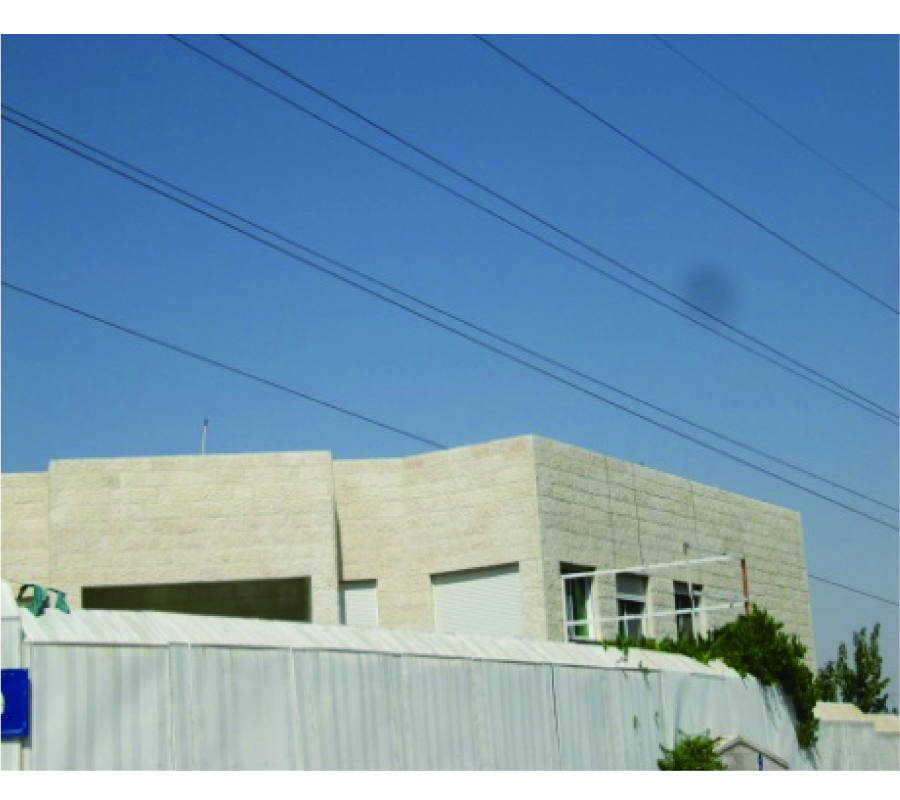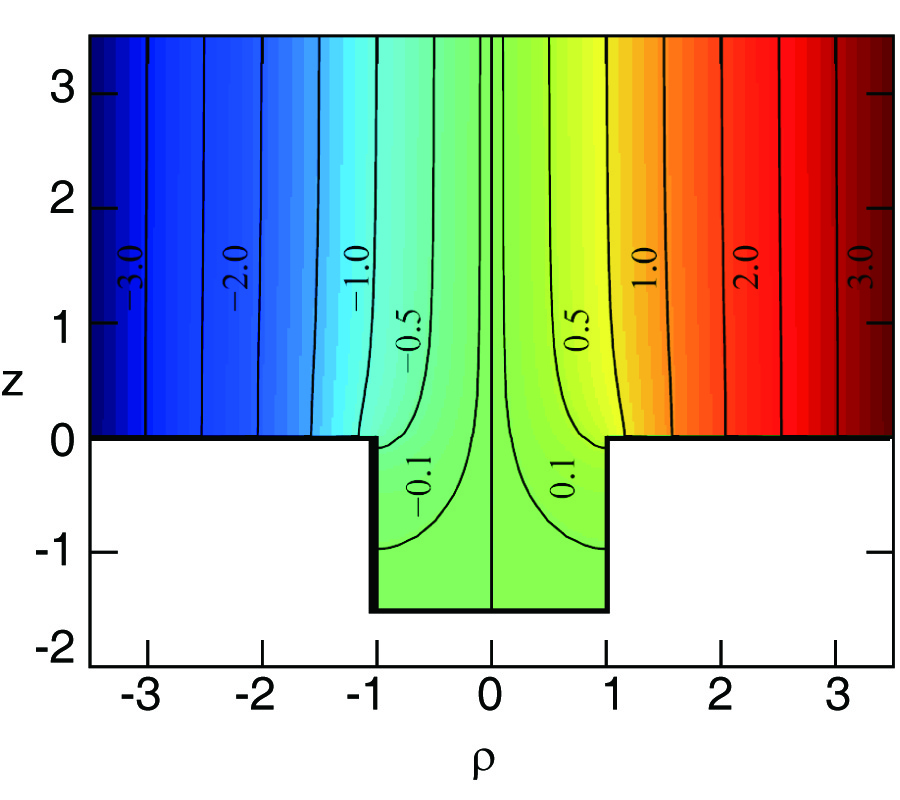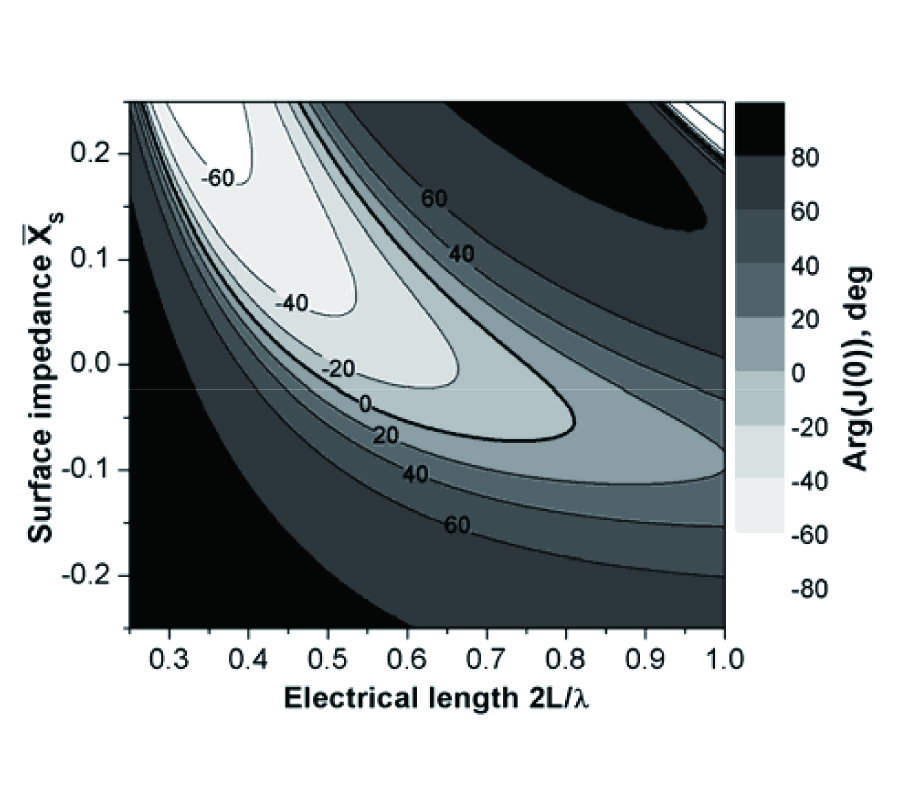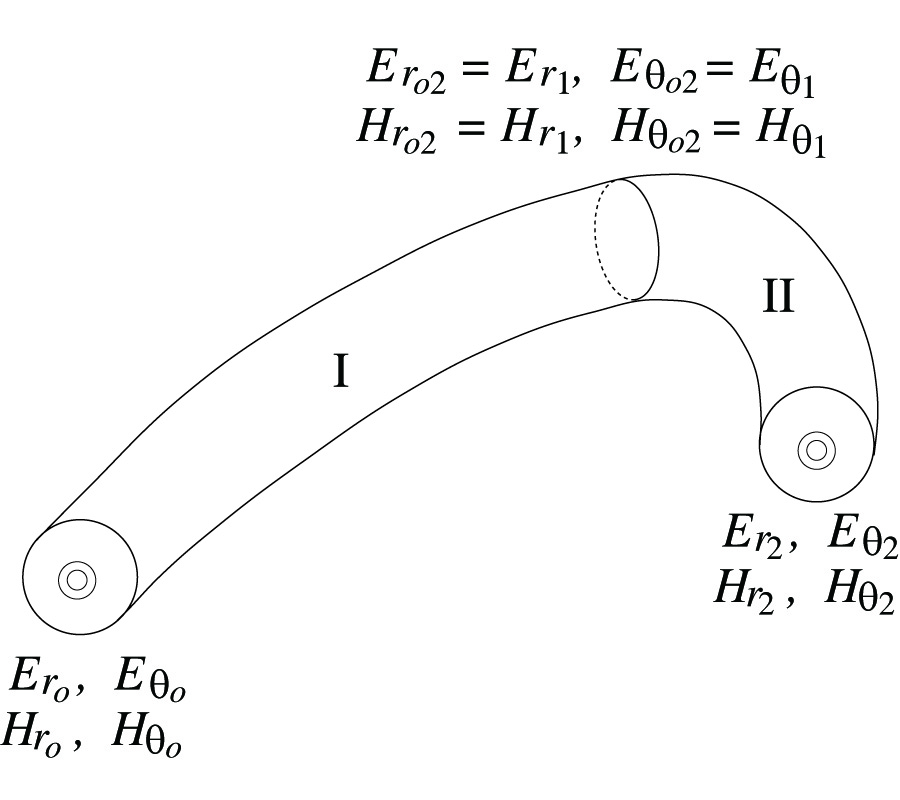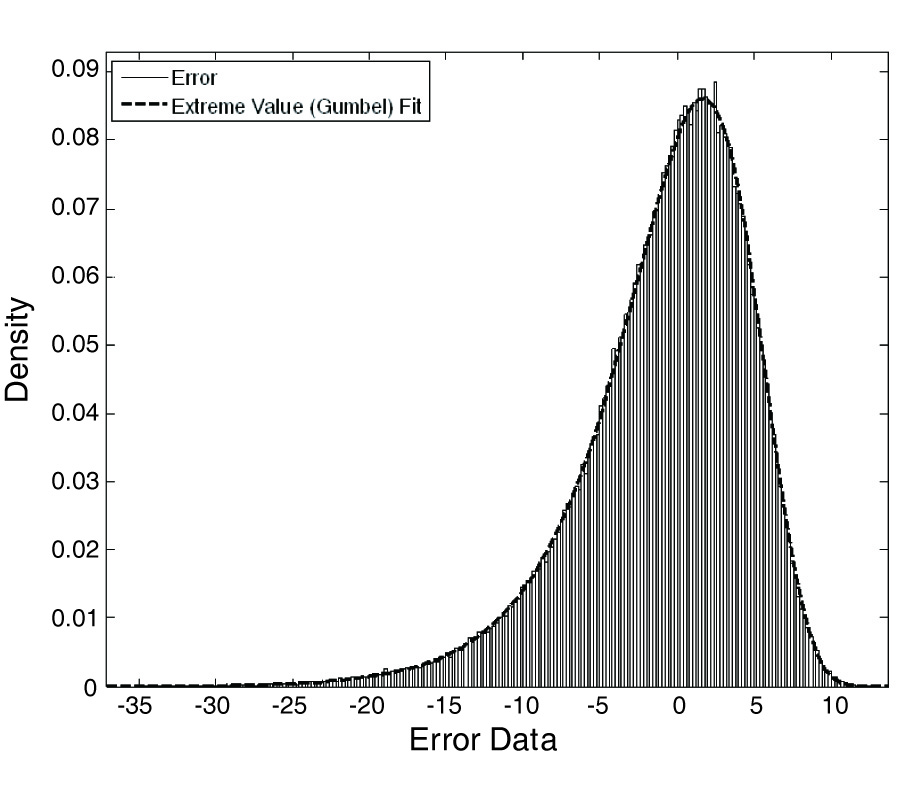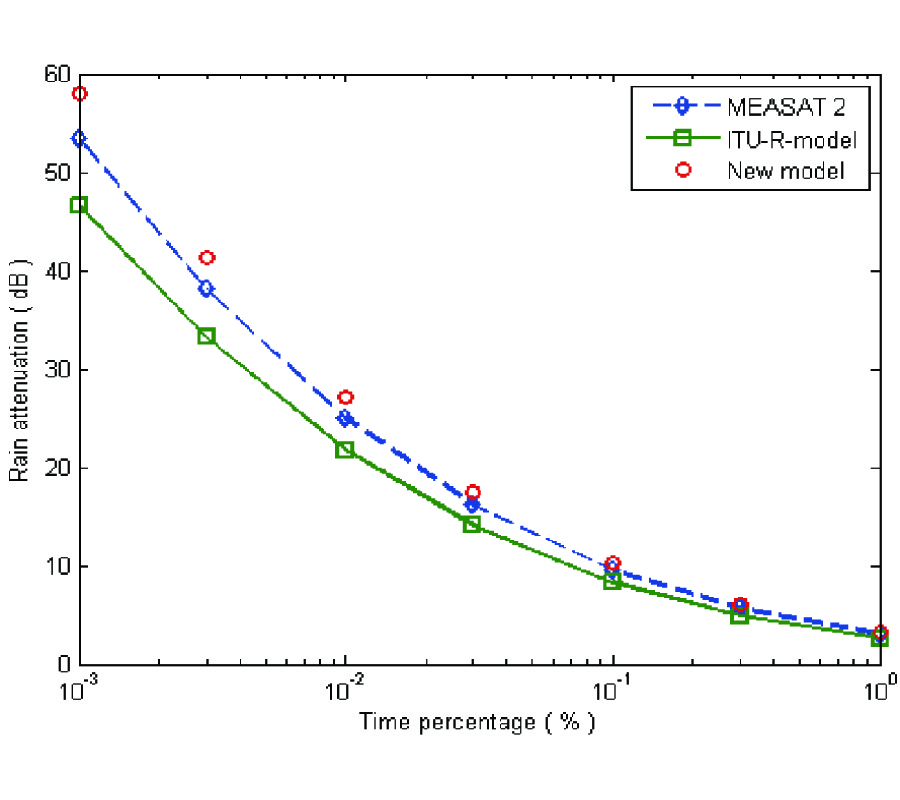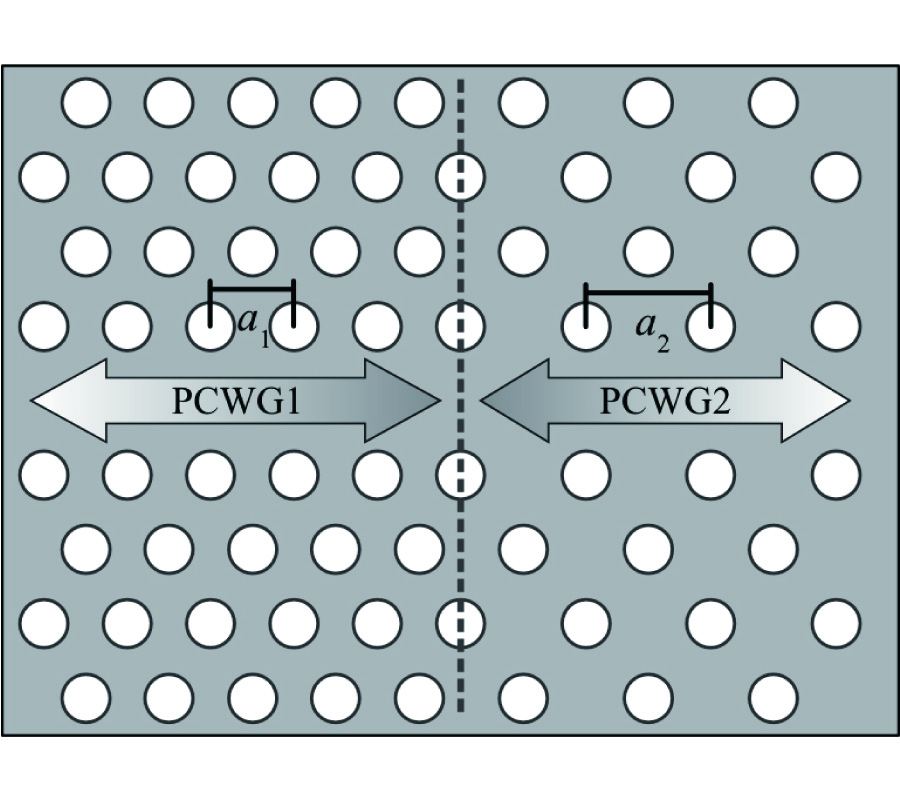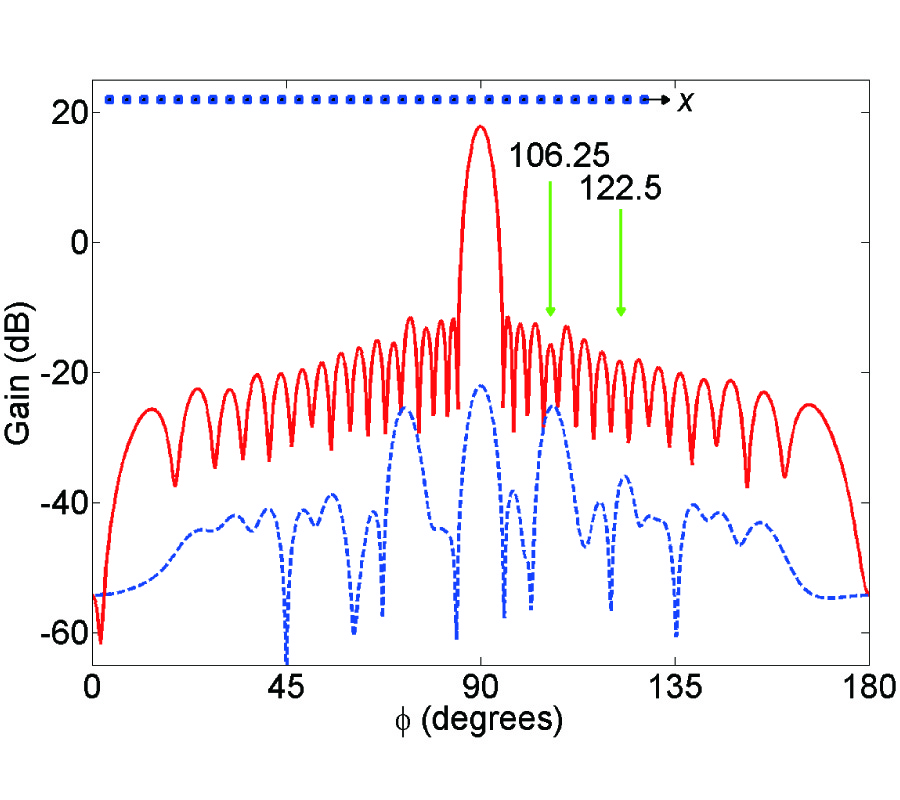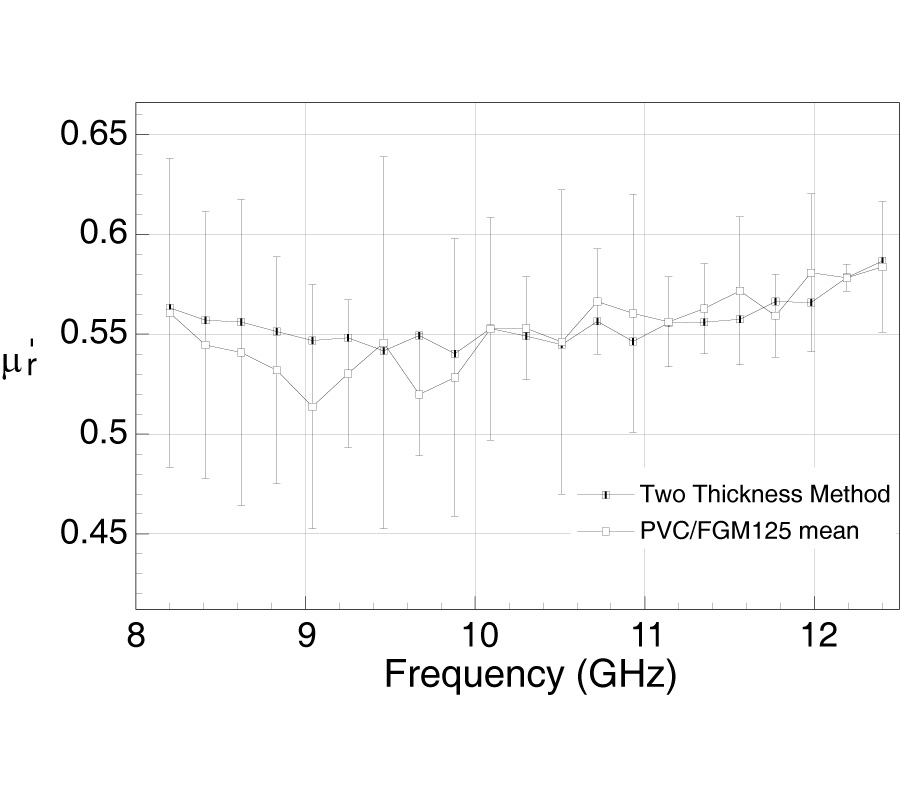Mode Stirred Reverberation Chamber (Msrc): a Large and Efficient Tool to Lead High Frequency Bioelectromagnetic in Vitro Experimentation
Sebastien Lallechere,
Sebastien Girard,
David Roux,
Pierre Bonnet,
Francoise Paladian and
Alain Vian
An important aspect of the studies undertaken in bioelectromagnetism relates to the choice of the exposure facility, the characteristics of a real electromagnetic environment are far more complex compared to the one plane wave irradiation set-up used in the majority of bioelectromagnetic studies. Moreover biological requirements should represent the starting point in the design of an in vitro exposure system. Indeed it is important to avoid altering the electromagnetic properties of the exposure system in the presence of the biological equipments. Related to these two essential points, this article contributes to show the advantages of a Mode Stirred Reverberation Chamber (MSRC) to guarantee a controlled electromagnetic environment around biological material for in vitro experimentation. An example of irradiation of in vitro human skin cells cultures will be considered to illustrate this paper. In order to show that the biological conditions and physical requirements for in vitro experiments are checked, two aspects are described. Firstly the characterization of the electromagnetic field generated around the biological system (both equipments and cultures) is achieved. Secondly the analysis of the Specific Absorption Rate (SAR) inside the biological medium is evaluated both numerically and experimentally. Initially, the statistical properties of fields inside the MSRC were checked with or without biological devices in order to verify their electromagnetic transparency with respect to the reverberating properties of the electromagnetic environment (inside MSRC) and the good agreement of the experimental electromagnetic power distribution with the theoretical one. The second part of this work corresponds to the determination of the SAR distribution. The computation of electromagnetic energy absorbed by biological medium (SAR) was based upon Finite Difference in Time Domain (FDTD) technique. A numerical analogy was achieved between MSRC behavior and a free-space finite sum of random plane waves. Simulations are able to provide both an estimation of SAR distribution inside each biological culture dish and a computation of the coupling effects between dishes. Relying on the previous conclusions, temperature measurements were led to evaluate the experimental SAR levels and its time variations inside the MSRC. Two high-frequency (900 MHz) environments were considered: a 10 minutes exposure with standard field amplitude inside the biological incubator of 7.87 V/m and 30 minutes with 41V/m (SAR ranged from 2.6 mW/kg to 73 mW/kg, mean values). Numerical and experimental results prove the ability of MSRC to provide a large and efficient tool to achieve bioelectromagnetic experiments at high frequencies.
